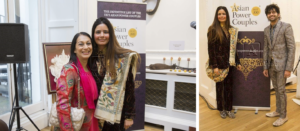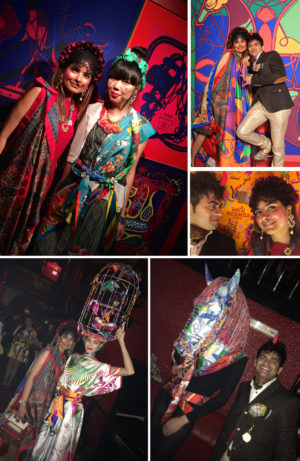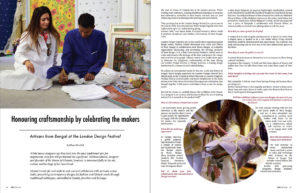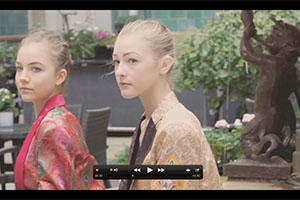History of Scarves
Ancient Egypt- 1350 BC
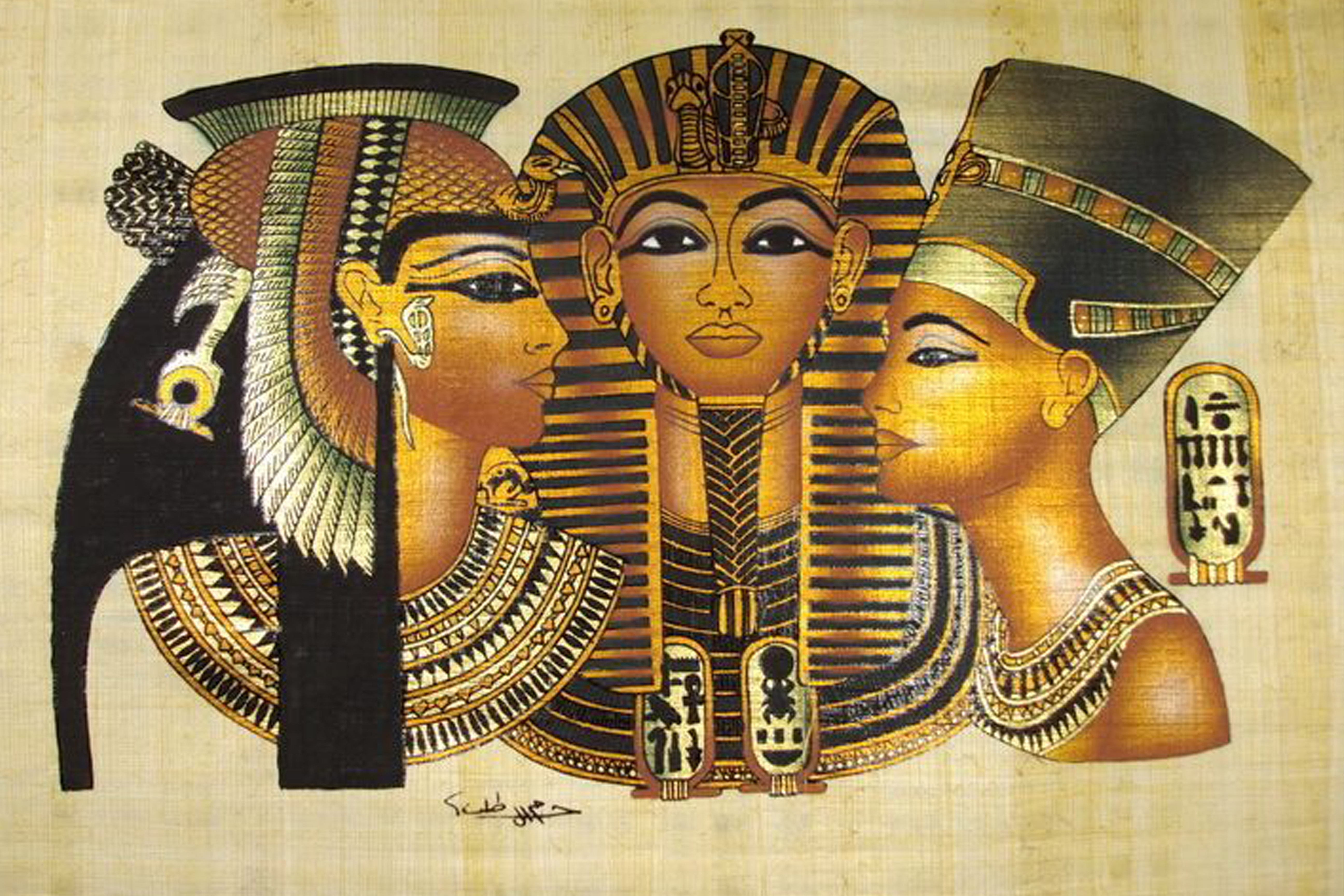
The history of scarves begins in one of the cradles of civilisation, Ancient Egypt. Today we look at Ancient Egyptians, especially nobility and aristocrats as living the ultimate luxurious lives, but how we see scarves today as widely accessible and inclusive, was seen as completely different back then. In fact, Ancient Egyptians valued scarves as social status because they were difficult to craft, they were expensive and mostly reserved for the upper class. In addition, Ancient Egyptians did not limit themselves to the ways they could show off their scarves; some wore their scarves around their shoulders and others tied it to their waist. You could really style them in endless amounts of ways, but if you could create a striking style, it would almost give you a bonus in social status because it would attract attention. Two of the greatest trendsetters were Queen Nefertiti who wore silk scarf under her famous flat-topped headdress and King Tutankhamun who wore a scarf around his head and secured it with strings, he was found wearing it in his tomb. They were the style trendsetters of the time as much as the celebrities of today.
Ancient Romans- 8th century BC
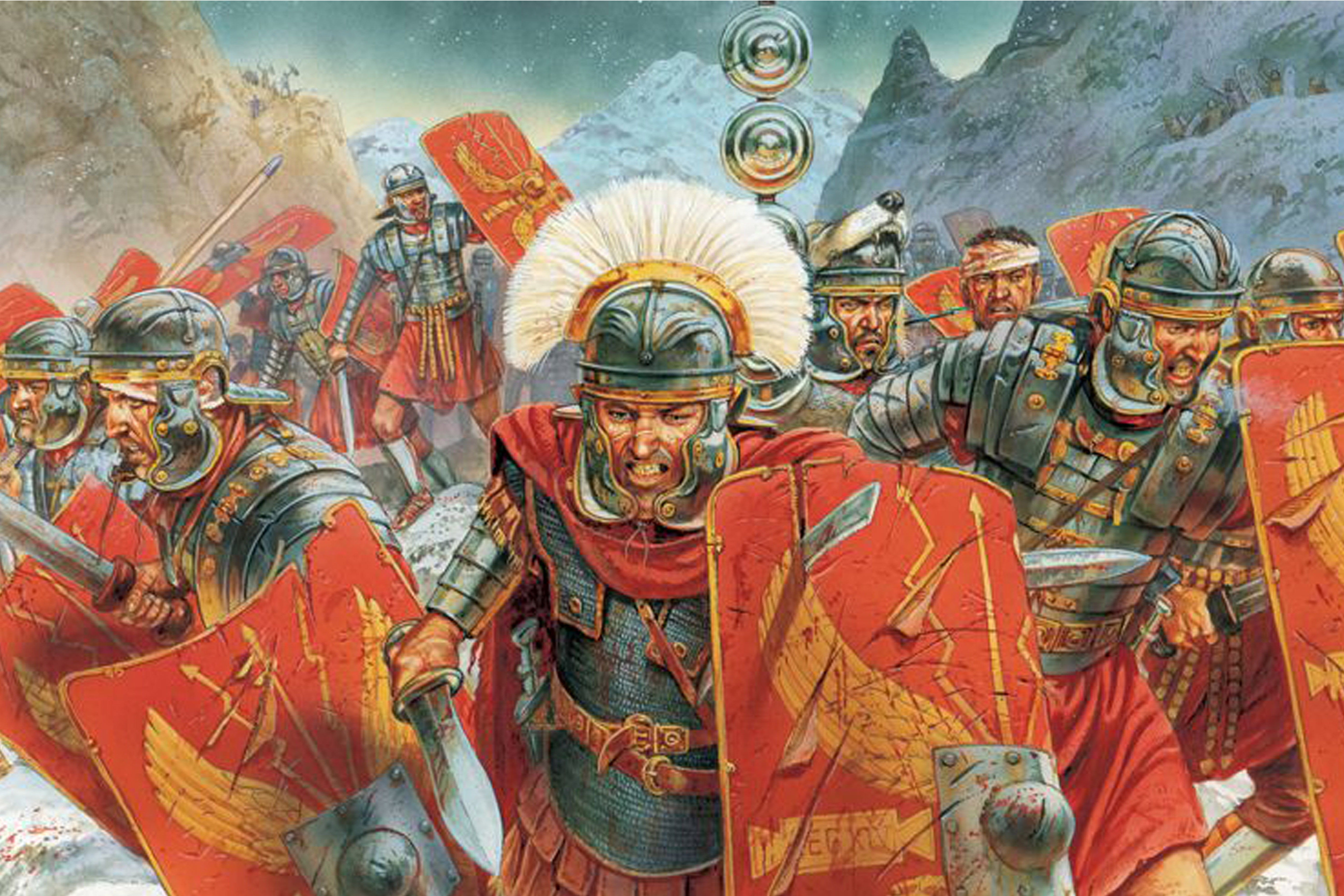
The scarf was first used in Ancient Rome for sanitary use. They were called Sudariums, or linen cloths, their intended purpose was to help them keep clean by using it was a wipe for one’s face and neck in warm weather, after exercise or other hard physical labour. They were often worn around the neck and knotted around the waist. Moreover, the Romans began styling them in different ways which transformed scarves into a fashion accessory. They particularly grew popular the military, officers started wearing silk scarves while the common soldier has a cotton one knotted around their neck. The Romans started calling them Focale and they were tied around the neck similar to modern day ties. However, the Romans found a new purposing for them aside their fashion use: it protected their neck from rubbing against the metal or stiff leather armour. In addition, a few centuries later in the Rome of Caesar, senators add a silk sash or scarf to their togas, this was later adopted by the modern day last Roman Emperor, Nero and it is said that he hardly appeared in public without a silk scarf around his neck.
Ancient China- 230 BC
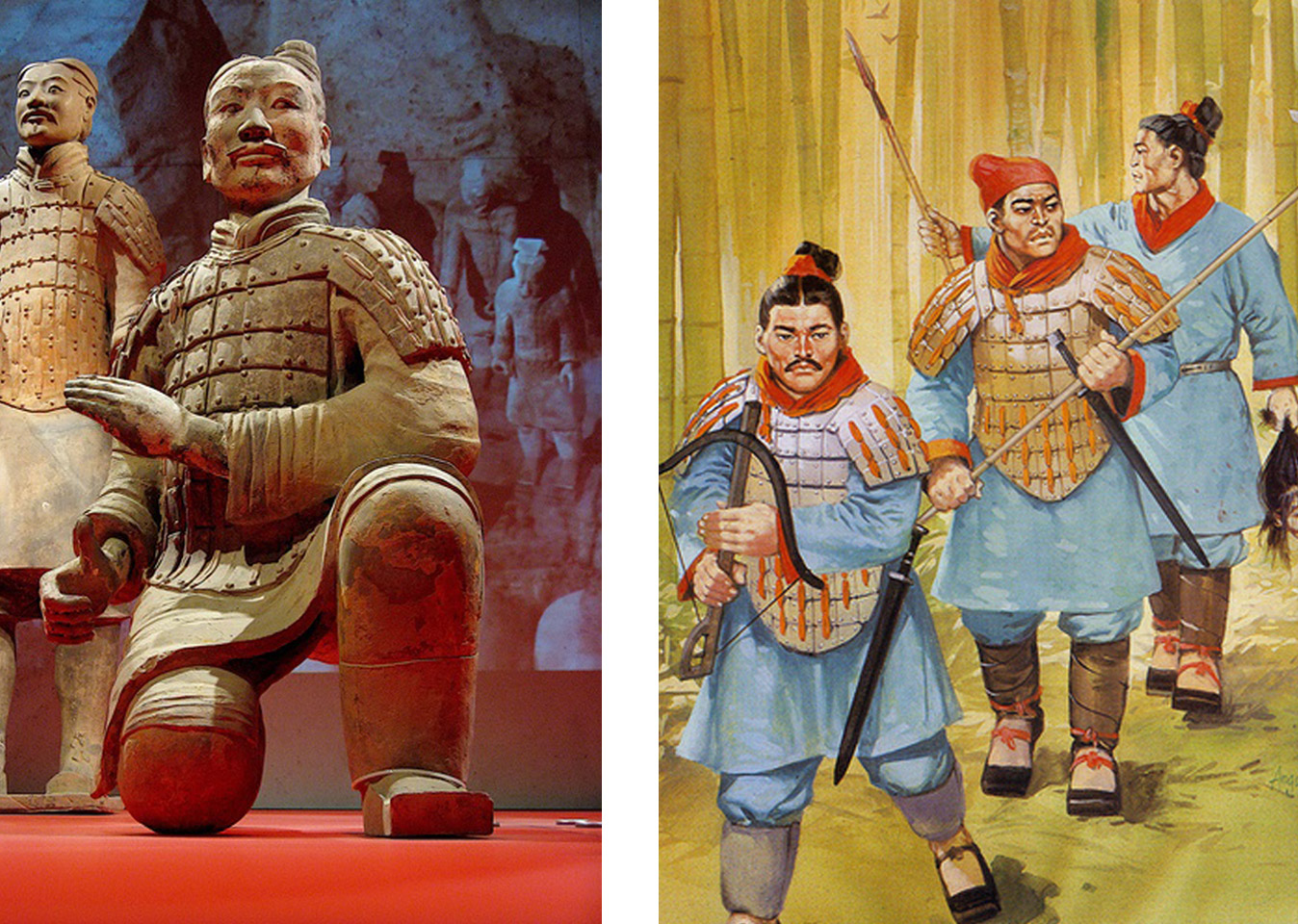
Scarves in ancient China first appeared during the reign of Emperor Cheng, particularly in the military. Scarves in Ancient China were used similarly to the Ancient Romans, they were used to protect the neck from metallic armour. Also, they were used as status symbol in the military, not for their fashion use, but instead to identify their rank. The Chinese developed a system which uses different colours of scarves around the neck to demonstrate the rank within Cheng’s army.
Middle Ages in Western Europe- 12th century
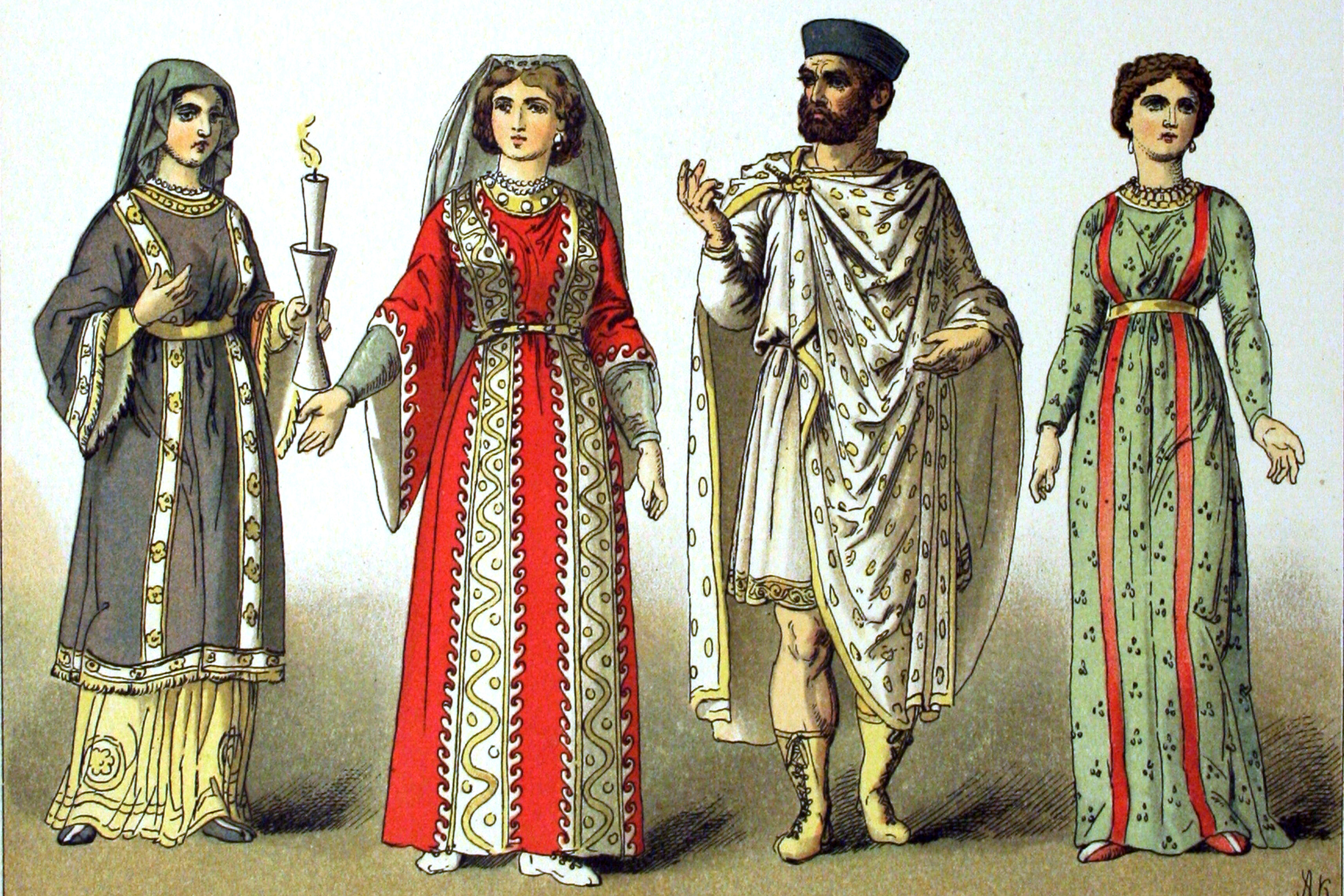
During the Middle Ages, Queen Eleanor of Aquitaine set the trend of wearing scarves on top of headdresses as decoration. She particularly inspired women to seek colourful scarves. Wealthy women adopted her exact style, while poorer women simply wore linen scarves tied around the head. Scarves became very popular and ingrained into women’s fashion. It was common for a Knight to take his lady’s silk scarf with him into battle because it reminds it of her.
Croatian Army- 17th century
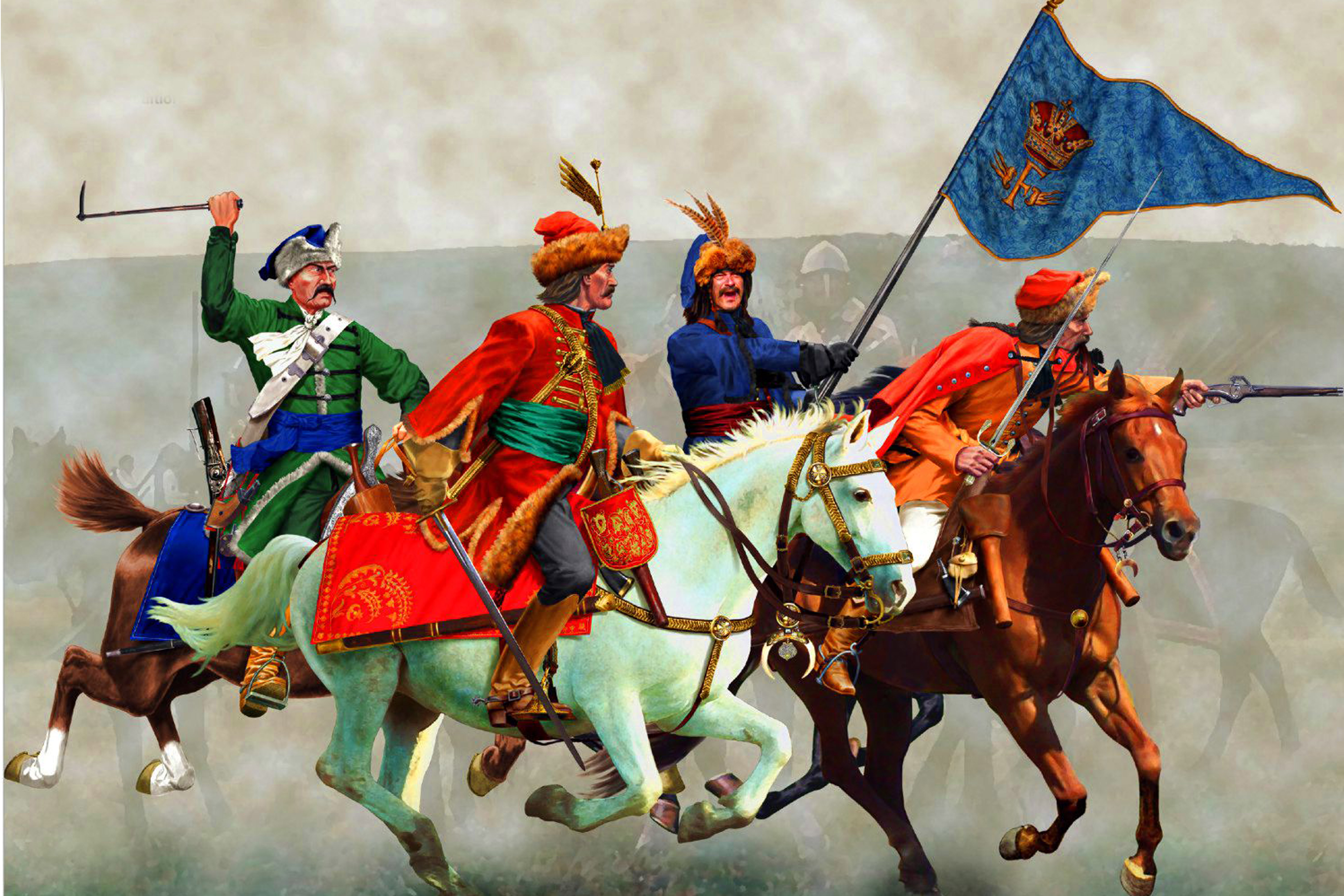
The Croatian Army in the 17th Century wore neckties as part of their uniform, it was called cravat and it is credited as being the forerunner of the modern necktie. Higher ranking officers wore silk scarves while lower ranks wore cotton. During the reign of King Louis XIV in France, Parisians were charmed by these scarves on the Croatian mercenaries enlisted in the regiment. Not long after, the cravat became extremely popular in France.
France- 17th century
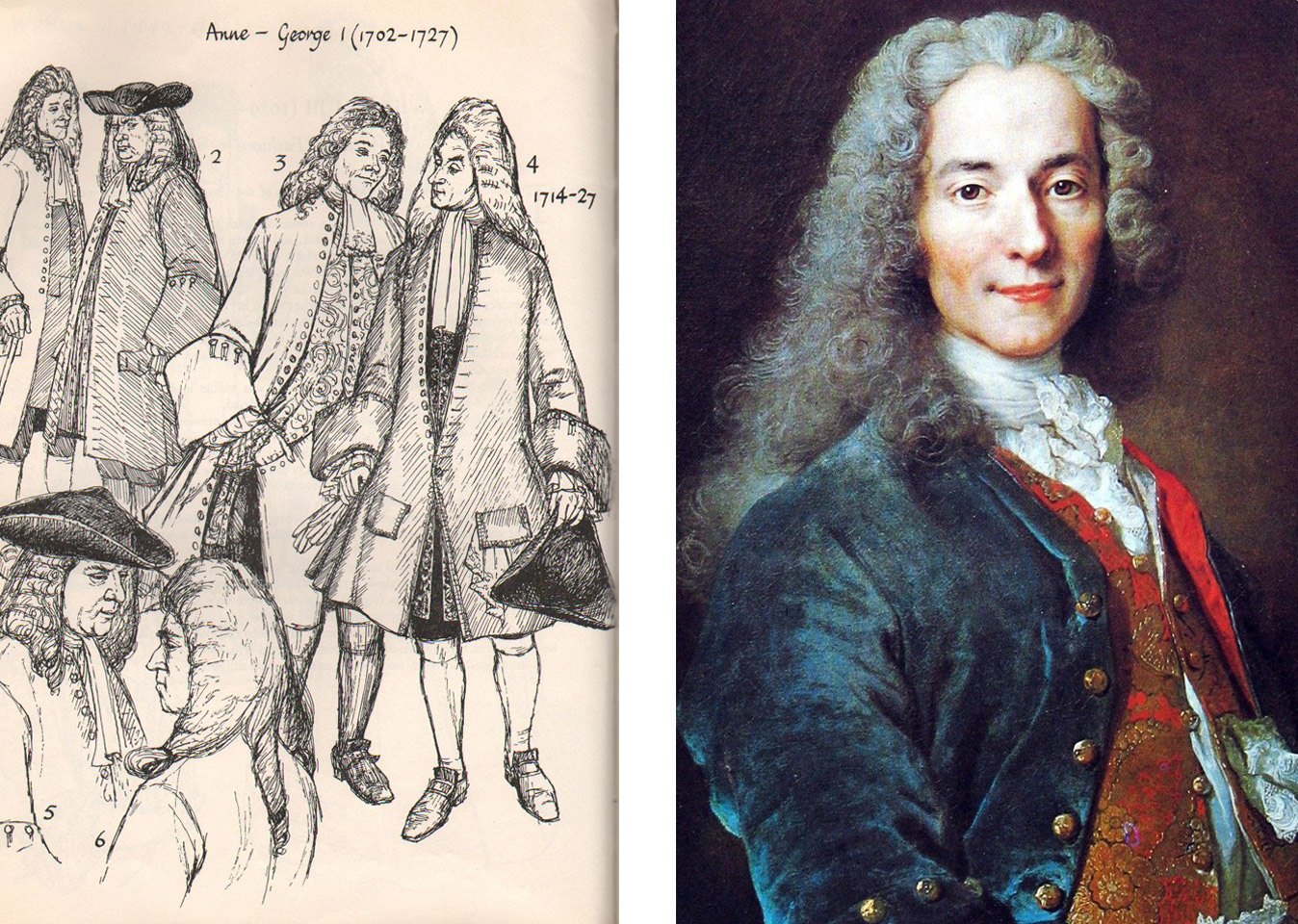
The French developed the cravat into the famous Steinkirk cravat (named after the battle of Steenkerque). This scarf is different from its predecessor because it was made out of a variety of luxurious materials and was wrapped loosely around the neck which replaces the stiff cravats. The Steinkirk cravat was popular amongst artists and architects who liked to add extra creativity to their, often, standard clothing.
Spain- 17th century
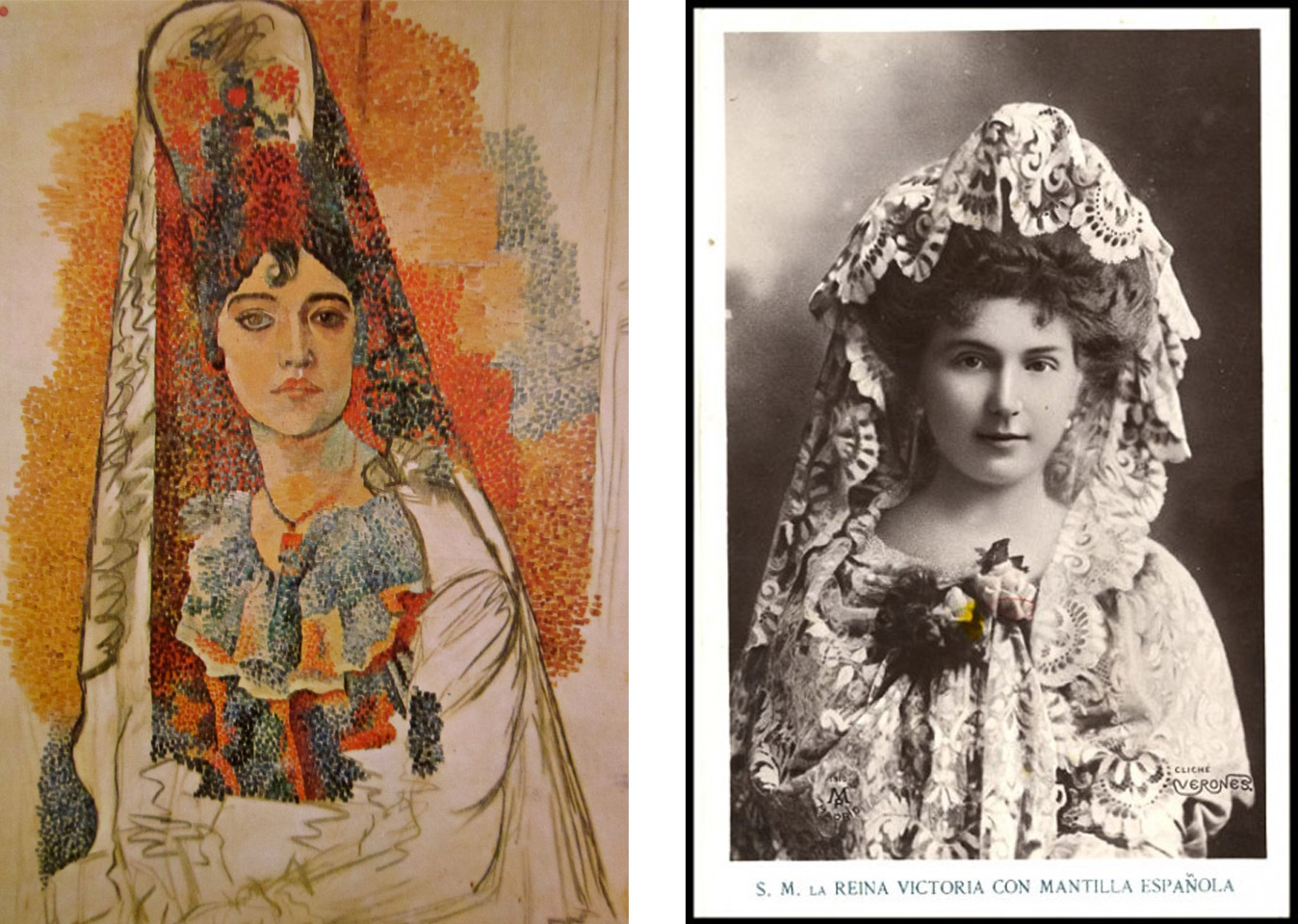
Meanwhile, the Spanish Mantilla was growing popular in Spain. However, they were not popular amongst the upper classes and Aristocrats. Moreover, the original use of the Mantilla was as a decorative and ornamental piece worn on the head and draped to the shoulders. The piece later evolved into social, religious purposes and even to keep warm.
Russia- 18th Century
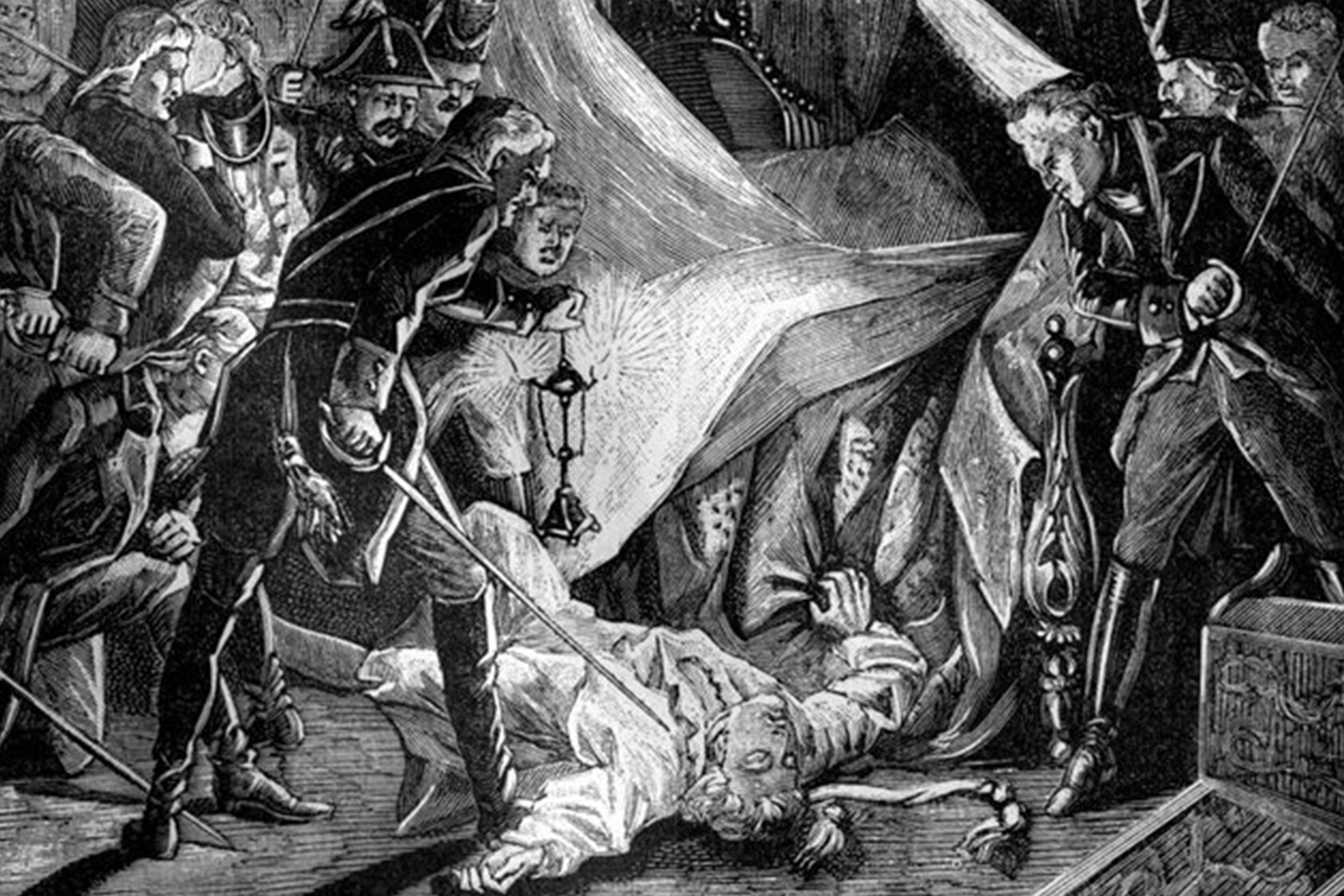
Emperor Paul the first of Russia had an unquestioned dislike for scarves, so much so that he banned them from the army. Uncoincidentally, the Emperor died in 1801 by being strangled with a silk scarf.
Fashion brands- 19th century

The fashion brand Hermès emerged and the famous graphic silk scarves is born in 1837. In addition, Burberry, the maker of the plaid scarf, is founded in 1856. These brands would later go on to making their scarves a staple and internationally recognised symbol for their brands with their patterns and designs. This brought scarves into the modern world to what we see today, especially in the upper class.
France- 20th century
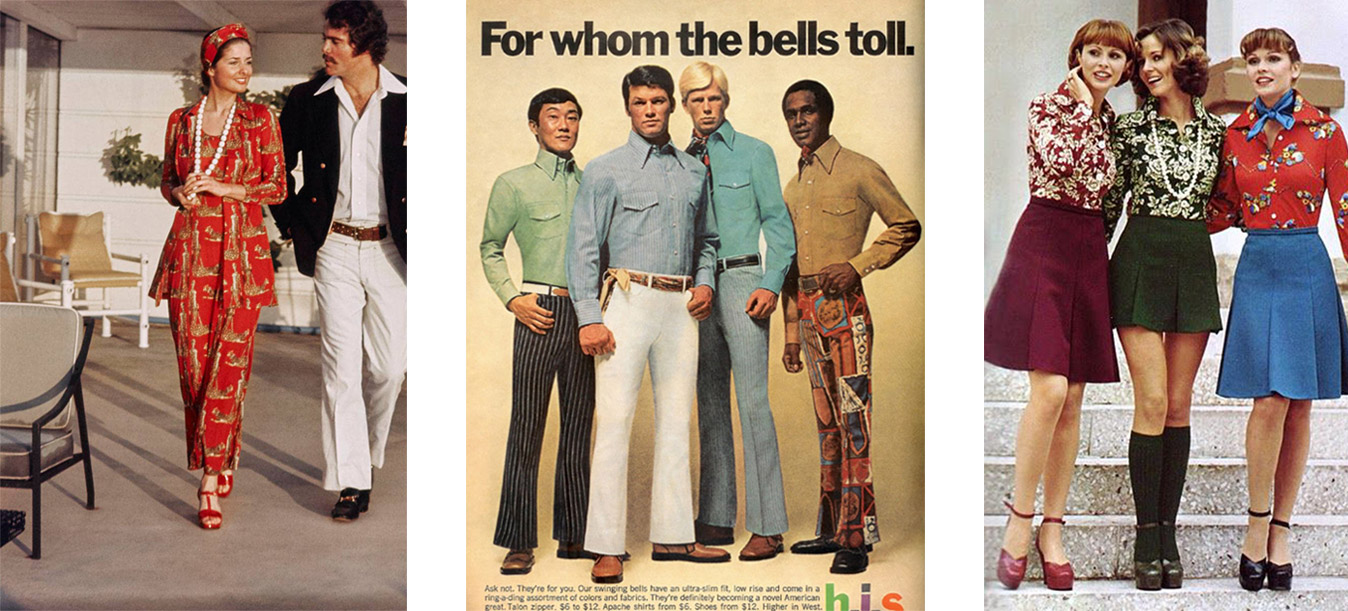
France, the Mecca of fashion, births the trend of wearing fur scarves in the 1930s. With the help of worldwide Francophiles that spread the trend across the globe, most importantly, America where it gained popularity in pop culture. It became the ultimate neck accessory because of its expensive price, craftsmanship and material. Also, in the seventies it, it was popular to wear scarves as a headband and wrapped around the waist.
House of Gharats- 21st century
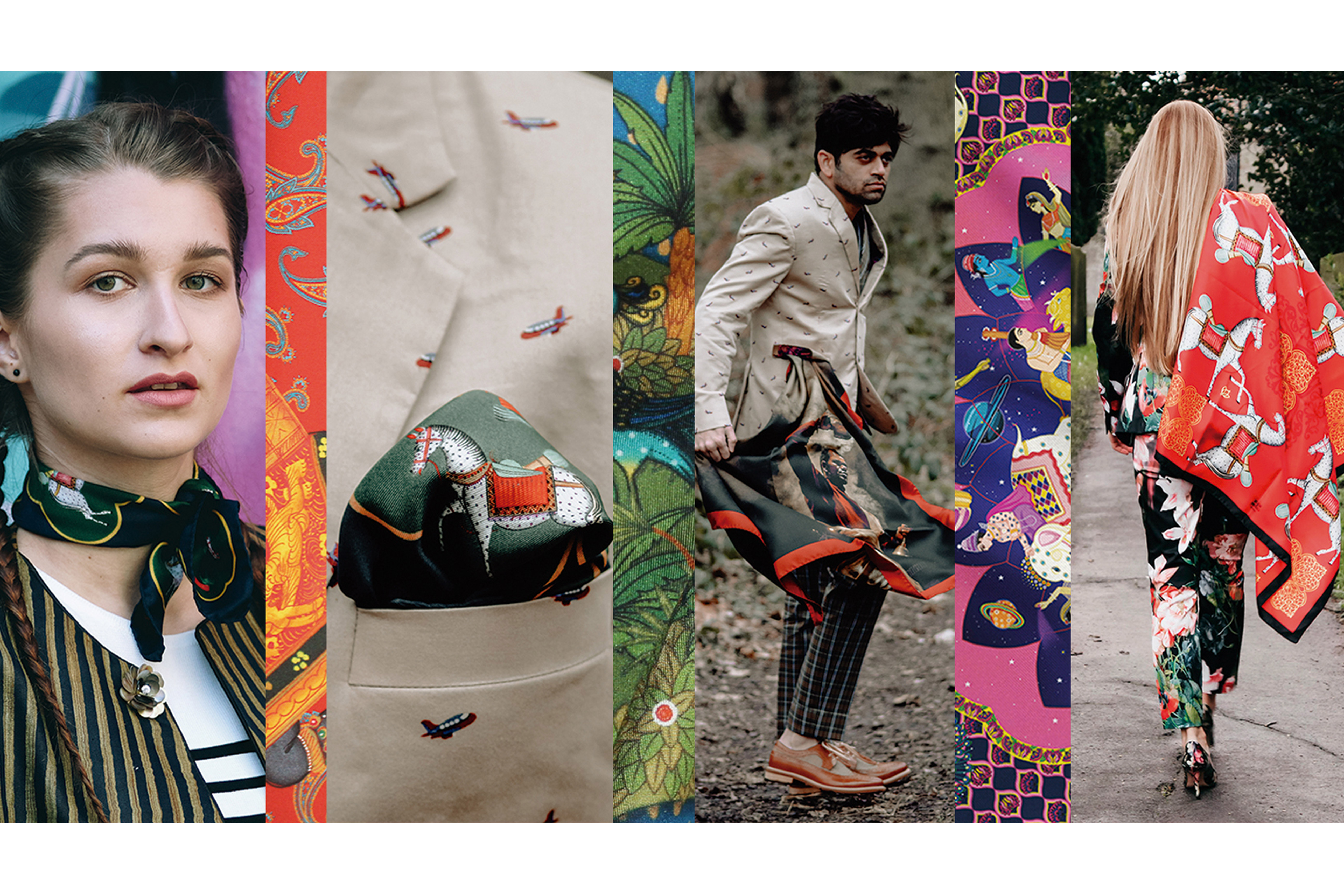
Today we have House of Gharats. Neishaa & Pretam Gharat, founders of House of Gharats, endeavour to bring together various cultures, redefine cultural relationships, and create new style synergies through art and fashion. Living amidst London’s international hybrid city of cultures and its influential past results in scarves that are profoundly modern, distinctively stylish, yet inherently classic.
About Neishaa Gharat
Neishaa Gharat is a scarf designer on a mission to change the world one scarf at a time. She is the founder of House Of Gharats, a London based design house that creates fashion and lifestyle collections for artful dressing and living. The launch of her collection on The Big Issue Shop has given her the opportunity to make a real difference.
In collaboration with Zakaria Abdullahi, team House of Gharats.
Image credits:
Ancient Romans • Ancient China 1 • Ancient China 2 • Middle Ages Western Europe • France 17thC • Spain • Russia • France 20thC 1 • France 20thC 2 • France 20thC 3 •
